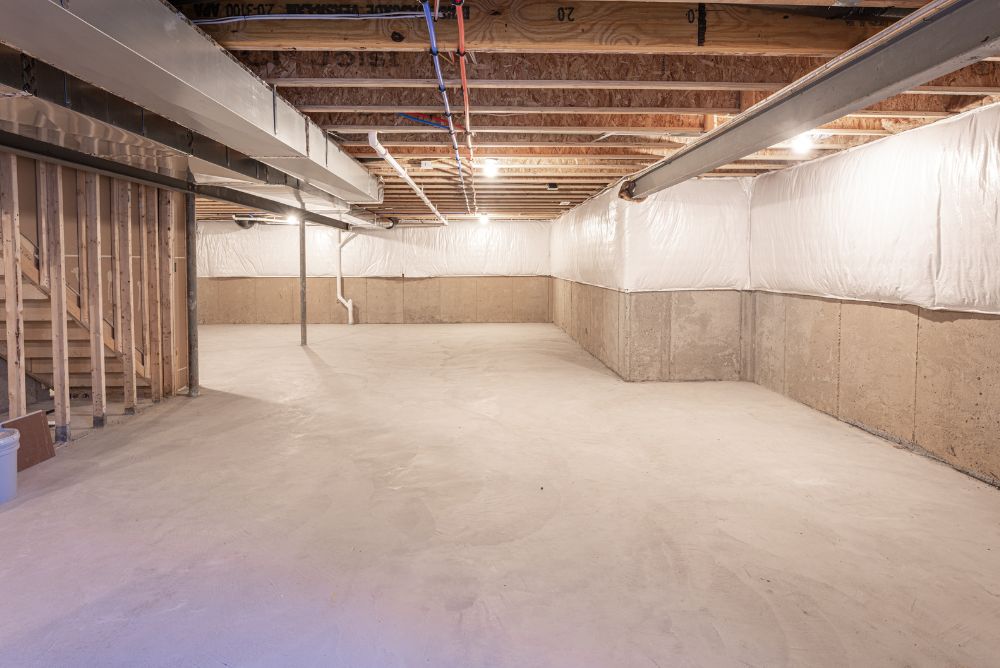It’s no secret that smoking is bad for your health, but you may not be aware that radon exposure is the second leading cause of lung cancer. Because you can’t see, taste, or smell radon gas, you may experience toxic levels of exposure without ever knowing it. Although trace levels are sometimes inevitable, there’s no safe measure of radon one can be exposed to. Therefore, knowing how to protect buildings against high radon levels is the first step in keeping your family out of harm’s way.
Increase Indoor Airflow
Interestingly, the outdoors almost always has some measure of radon gas; however, it never builds up enough to be harmful because the wind decreases the concentration almost immediately. Alternatively, radon is more likely to increase to unsafe levels inside your home or other building because of reduced airflow.
With that in mind, you can help reduce high radon levels by increasing your home or building’s indoor airflow. Consider opening the windows often and using fans to circulate air. Although this is a helpful strategy, it shouldn’t be your primary form of radon mitigation as it’s a temporary solution.
Seal Cracks in Floors and Walls
Radon usually enters buildings through cracks and gaps in the foundation, floor, and walls. Therefore, you can reduce the potential for seepage by sealing these cracks as soon as possible. Be sure to use caulk, plaster, or another substance designed for this purpose. Even after sealing the cracks, you should test your home to ensure the radon level is within a safe range.
Install a Radon Mitigation System
Your home may already have some form of radon mitigation system, but if not, you should install one as soon as you are able. Interestingly, there are two different types of systems—ensure you choose the best one for your space.
- Active System: a collection of pipes that run throughout the house with a mechanical fan to push radon outside.
- Passive System: a collection of pipes that run throughout the house to remove radon gas without a mechanical fan.
Test for Radon Regularly
Because radon levels can rise and fall naturally during different seasons, you must regularly test for this gas to ensure your home remains safe. Generally, you should test for radon at least once every two years. While you could do the test yourself, you can also hire a radon mitigation company in Aurora, CO. If your levels come back high, don’t panic; radon mitigation is extremely safe and effective.
Now that you know how to protect buildings against high radon levels, you can take the necessary steps to keep your family safe. Although radon is naturally occurring, it’s extremely dangerous to continue breathing in. Keep your home’s radon levels in check to reduce your chances of developing preventable health conditions.


Recent Comments